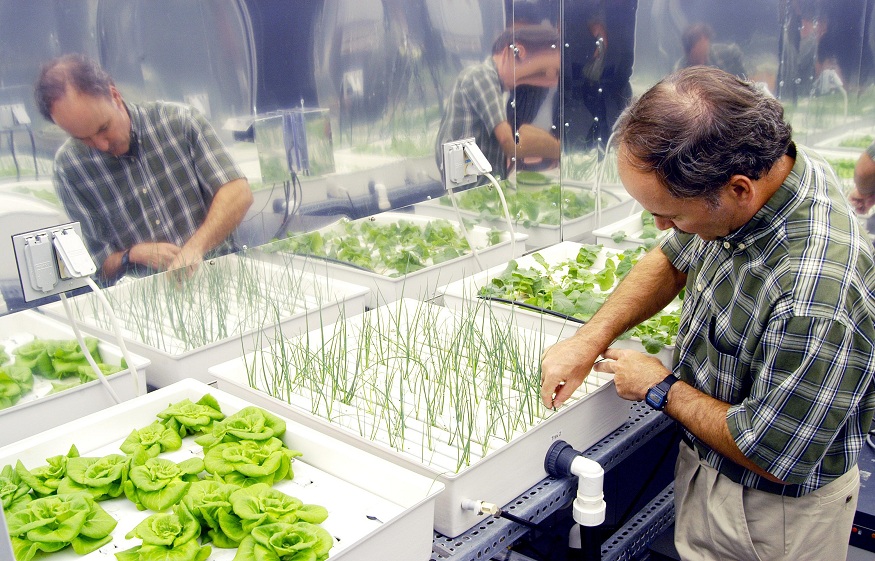In recent years, hydroponic growing has become an increasingly popular system. A method with which it is pursued, fundamentally, to look for substitutes to the traditional cultivation in the soil, but without giving up the effectiveness of this substrate.
Far from being a practice intended solely for agriculture, the truth is that hydroponic cultivation can be used (and is used!) Simply to plant flowers. An ideal alternative for small spaces or urban environments in which we do not have a garden space or many dimensions to enjoy nature.
It does not matter what use we put this work to, whether it is to have our garden or to have the company of the beauty of flowers, it is important to discover how it works and what are the characteristics of this tillage system.
What Is Hydroponic Culture Like?
The basis of hydroponic cultivation is based on the fact that it dispenses with the land as a natural habitat for plants. Something that clashes head-on with the idea we have about planting flowers or vegetables: it is not understood in any way without the ideal substrate for each type of plant.
However, it is interesting to know that the growth of hydroponic cultivation (which has gained presence, especially in large agricultural areas) is due to a unique discovery: plants can grow in an environment where there is water, but not necessarily this implies that it must have land.
Something that came to light already in the 19th century when it was discovered that the roots absorb essential nutrients thanks to inorganic ions dissolved in water, but that has been refined to provide the ideal way to put it into practice.
Hydroponic Cultivation In Pots
This is the so-called non-mechanized method. The potted plants are grown in containers consisting of an outer part, which must be opaque, made of water-impermeable material, and an inner pot, a few centimeters smaller than the outer one, as a special contribution to hydroponics.
This insert is filled with ceramic granules, e.g., lava or clay pebbles, which create air spaces between the roots, and can be made of plastic, provided that it has holes that let water through and allow the roots of the plant to overgrow. The outer pot is filled with an aqueous solution with a nutrient solution in which the roots of the plant are immersed.
What Do You Need For Hydroponic Cultivation?
To enjoy the benefits of this type of planting, it is necessary to have a specific installation of a hydroponic farming kit that preserves the premises of this system: respect for the environment and saving space.
First of all, we will have to consider having specific flower pots for this. Far from the usual way we are used to, these have the shape of a gutter with specific holes to introduce the coconut fiber pots in which we will grow our plants.
It is important to understand that this fiber format is specific for this type of crop since, in addition to the container itself, it contains certain nutrients to ensure plant growth. In addition to their unique morphology, these pots have a tank space (specifically for storing water) and a recirculation motor for the mineral solution with which we will grow our crops.
Summing up
Regarding this contribution of nutrients, we must consider that we will have to use different mineral preparations for each vegetative moment of the plant. While some will be specific for flowering, others will seek growth or fortification. Nutrient solutions determined for each season will provide everything necessary for each plant to germinate, grow, and be maintained over time.
